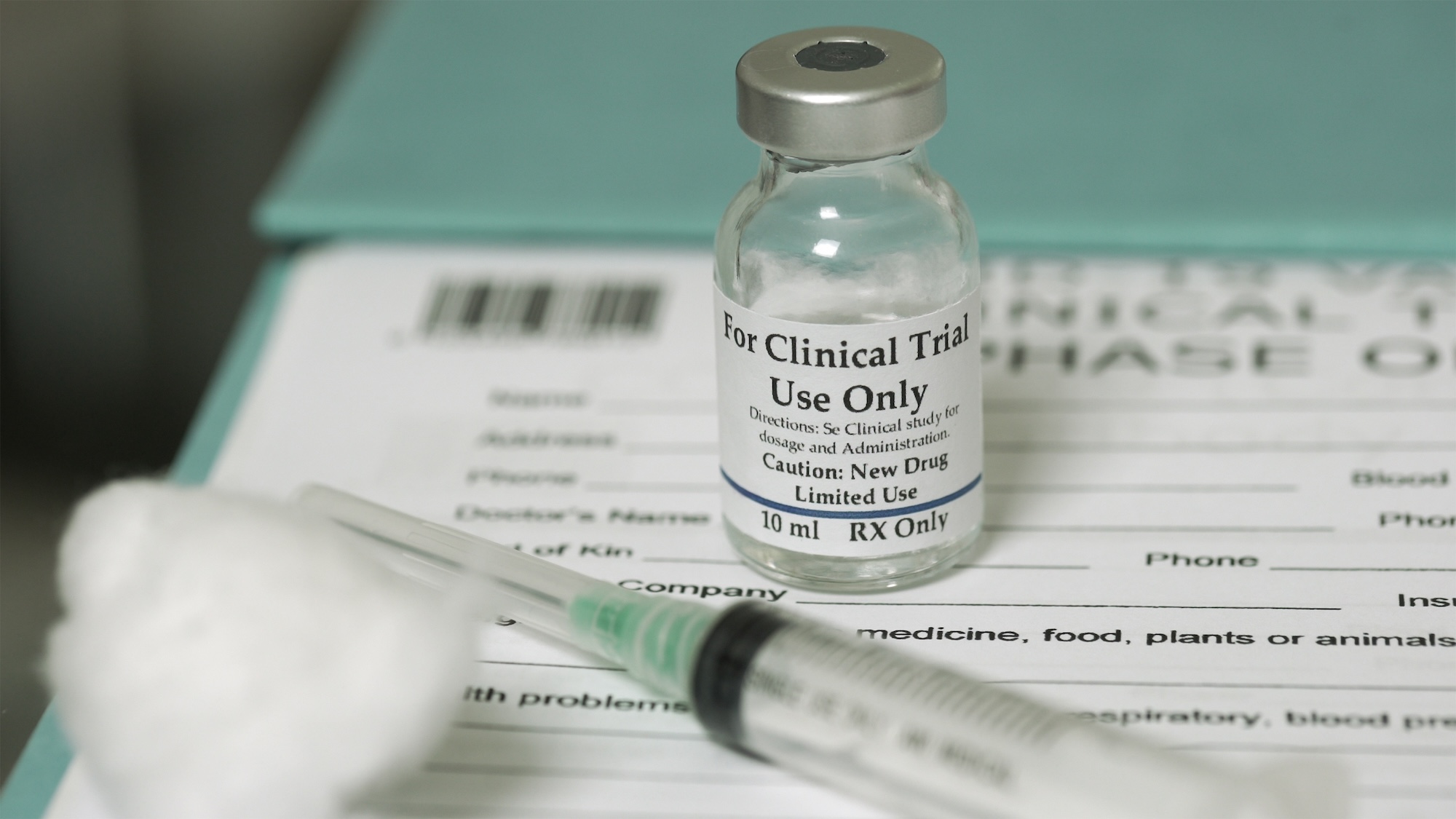Making the pharma industry future-proof through supply chain digitalization

Pharma supply chain digitalization
For instance, the covid-19 pandemic, which has challenged the pharma industry by disrupting supply chains while also creating opportunities for industry players to participate in vaccine clinical trials, is a typical example of this dynamic at work. In addition, according to the KPMG Pharma Outlook 2030 report, the coming years will see the balance of power between pharma companies and governments shift further in favour of governments and insurers who are keen to keep drug prices low, putting more pressure on pharma companies to re-strategize for sustainability.
In view of these and other factors, supply chain digitalization is likely to remain relevant beyond 2020. Key to its success, however, is the implementation of efficient integrations to facilitate the free flow of data and enable the discovery of significant insights that can be applied to improving pharma company operations.
Emerging technologies and benefits
Whether by outsourcing or by enhancing in-house capabilities, implementing the digital transformation of the supply chains is one way for pharmaceutical companies to future–proof their operations. It positions industry players to tackle the long-standing challenges outlined above by leveraging Artificial Intelligence, Big Data, Predictive Analytics and Cloud computing, all of which can lead to significant efficiencies and competitive advantages. That said, it takes efficient data integration to realise the benefits of digitalization effectively and sustainably.
Getting integrations right
End-to-end supply chain visibility, the holy grail of supply chain management, is impossible to achieve without digitalization and capturing data from several source.
To overcome the inefficiencies of point-to-point connections, TSS has adopted a technology-agnostic platform. As the CPO at TSS, Tobias Holmer, puts it,
“At TSS, our use of a third-party gateway allows us to support both old and new integration technologies at any scale. It’s a flexible solution, letting us integrate virtually any system into a larger whole.”
The benefits of getting integration right
A technology-agnostic model of integrations allows for the free flow of data from multiple sources in real-time. It is therefore the best enabler of the benefits of supply chain digitalization including cost reduction, GxP data compliance, precision in supply chain management, end-to-end visibility and most importantly, faster product releases.

Efficient release process - a key benefit
Speeding up the release process is key to the sustainability of pharma companies. It means efficient product development cycles supported by clinical trials where the occurrence of excursions and excursion-related downtimes are minimized. It also means ensuring that pharma products are delivered in a safe and timely manner.
Supply chain digitalization sets in motion a virtuous cycle that will keep pharma companies future-ready and help the industry rise to the challenges of providing medicines in the 21st century. However, it is a process of many parts and getting integration right is a vital component of making digital transformation a success.
To find out more about the technology-agnostic solutions for temperature management provided by TSS, request a consultation today.
You may also be interested in

Covid-19 situation

On-demand webinar: Excursion Management – From days to seconds

TSS Named a Di Gasell 2025
You may also be interested in

Can You Rely on the Results from Your Clinical Trials?


